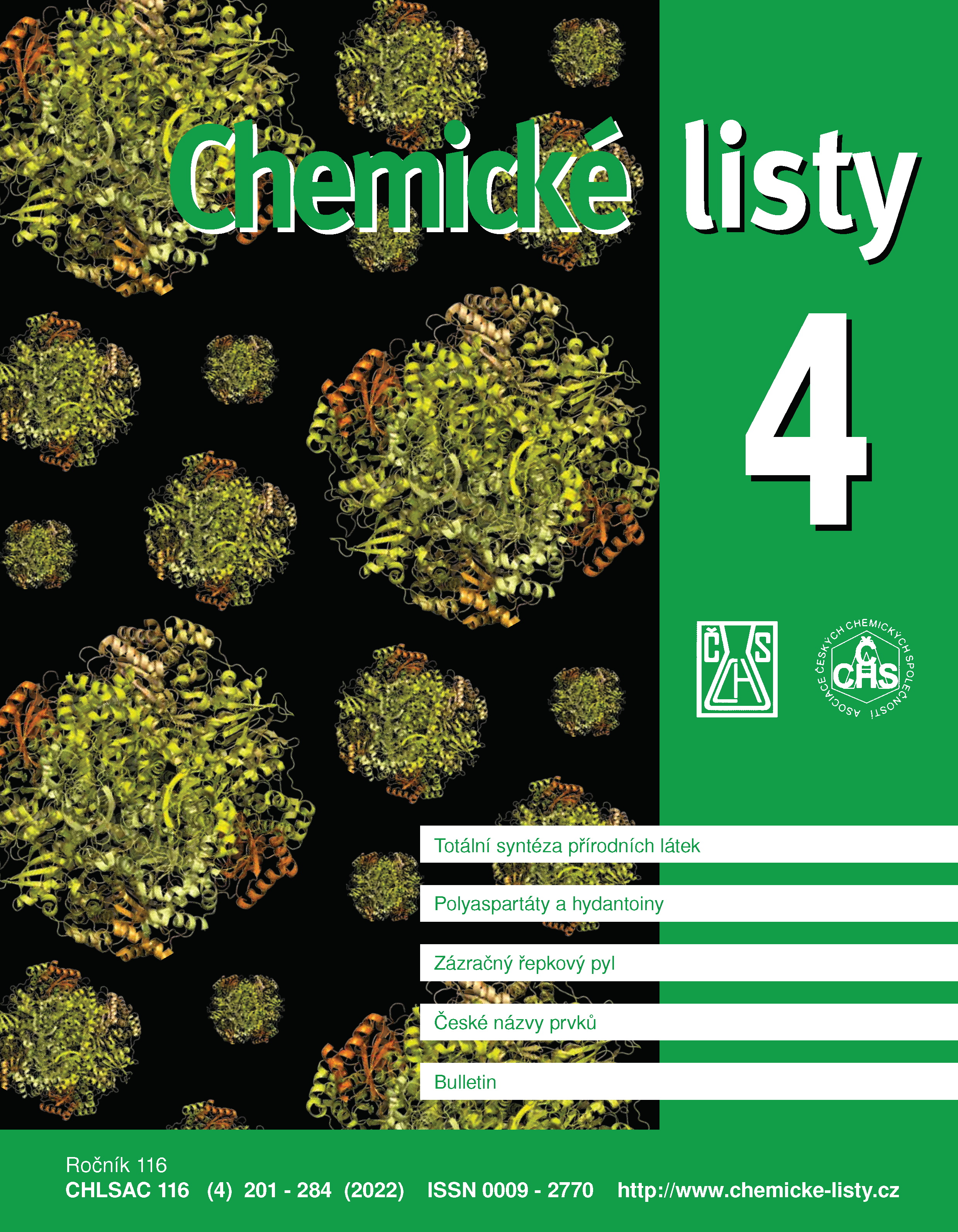Role of Hydantoin Derivatives in Syntheses of Polyaspartates
DOI:
https://doi.org/10.54779/chl20220215Keywords:
hydantoin, polyaspartates, coatings, polyureaAbstract
Polyaspartates are industrially important resins formed by reactions of N-substituted 2‑aminosuccinates (or, synonymously, N-substituted aspartates) with isocyanates. To obtain sufficiently crosslinked networks, applicable as coatings, bis-aspartates with two secondary NH groups and isocyanates with more than two NCO groups in their molecules must be used. There are two major problems connected with these preparations: (i) bis-aspartates which are mostly synthesized by the aza-Michael addition of NH2 groups of a suitable diamine to C=C bonds of a maleate ester almost always contain a certain amount of a fumarate ester (usually a few percent) as a result of the Z→E isomerization, unavoidably accompanying the addition; this deteriorates the quality of the resulting product; (ii) during the reaction of bis-aspartate with isocyanate, hydantoin rings are often formed to some extent in addition to the desirable three dimensional structures; the presence of these rings decreases the attainable network density. In this review, those properties, syntheses, and reactions of hydantoin are summarized which could be useful for finding conditions to avoid the formation of hydantoin rings.
Fulltext of this article is available on the website of this Journal.





